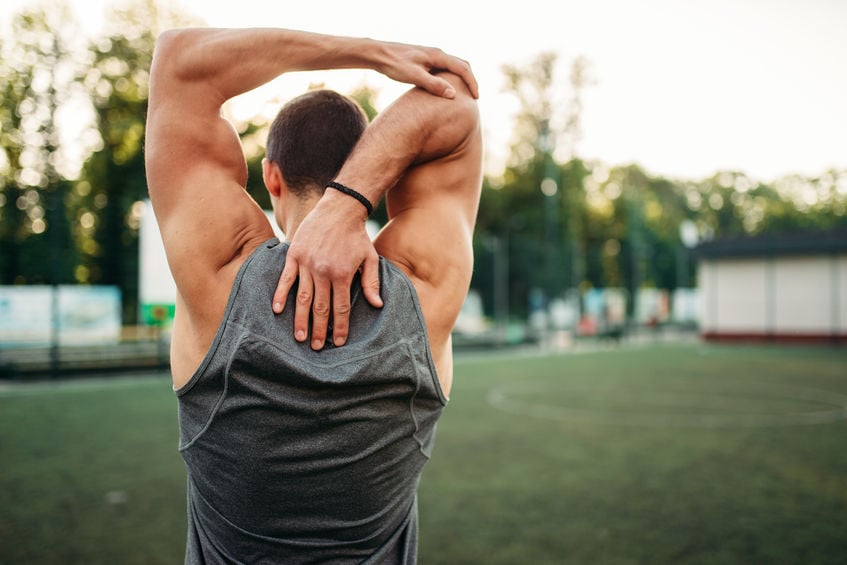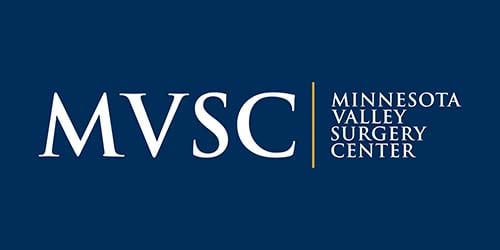The Importance Of Ligaments
Imagine a body without ligaments. Some of the simplest movements everyone takes for granted would be near impossible. Ligaments are tough, fibrous tissue that connect bone to bone. The tissue also serves to reinforce the bone and helps with flexibility. Most ligaments are present at joints like the knee, elbow, shoulder, ankle, and even the spine. So with every twist, lift, and shuffle, there is a ligament involved. Unfortunately, these bands of tissue are prone to tears.

Who gets ligament injuries anyway?
While most ligament injuries happen to athletes, almost anyone is at risk of injury. Simple slips, twists, and falls can damage ligaments. Older persons are also at risk since ligaments, like other body parts, are prone to wear and tear. Persons with damaged ligaments feel pain, swelling, and discomfort. The ligament’s ability to heal naturally depends on the degree of damage.
Did you make the grade?
If someone suspects a damaged or torn ligament, medical attention is needed right away. A doctor will perform an assessment and give the injury a grade based on the degree of damage. Grade 1 and 2 injuries are either stretched or partially torn ligaments, respectively. A grade 3 tear means the ligament has either detached from the bone or torn fully. The degree of damage is a strong indicator for surgery.
Time is your friend
Grade 1 and 2 ligament injuries can heal without surgical intervention. Doctors will use a combination of bracing, physical therapy, heat therapy, and medication to help with healing. The ligament responds well to these methods with a high overall success rate. The only caveat is the recovery time as ligaments and tendons lack blood vessels and have a low blood supply. Most nutrients come from the surrounding fluid at the joint. So the healing time can take weeks or even months compared to a muscle injury.
Beware the fully torn ligament
A fully torn ligament, or grade 3 tear, can cause chronic pain and joint instability. Complete tears rarely heal naturally. Since there’s a disconnect between the tissue and any chance of blood supply, surgery is needed. Surgery also helps the joint heal correctly and reduces the chances of re-injury. For instance, an ACL rupture will require reconstruction. The doctor will need to remove the damaged ligament and install a donor ligament. From there, the patient can start the rehabilitation process. Tears of any grade need constant care to maintain the supply of fluid required for healing.
When should you consider surgery?
If a doctor confirms a full tear, the patient should consider surgery. Without surgery, the joint remains unstable, painful, and requires continuous care to restore some range of motion. Athletes, in particular, should consider surgery to speed up the recovery process. Surgery may also work with lesser injuries, like a grade 2 tear. If the tear does not respond to treatment, surgery can help. Surgery helps reduce pain, restore circulation, and strengthen the surrounding area to support the tissue.
Get the right treatment for the right injury
Ligaments are durable and flexible, despite the size and lack of blood supply. However, an unnatural twist or hyperextension can tear the tissue. Minor tears can heal without surgery, needing continuous support and care. However, full-thickness tears need surgical help. Anyone suspecting a torn ligament should seek medical help and explore the possibility of surgery.
Can Lower Back Pain Return After Spinal Surgery? 3 Lifestyle Changes To Get The Most Out Of Fusion
Minnesota Valley Valley Center2024-04-02T14:49:38-05:00April 15th, 2024|
Spinal surgery is an excellent solution for lower back pain, but symptoms can return. With lifestyle changes, patients can get the most out of fusion.
A New Lease On Life: Exploring How Robotic Total Joint Replacement Can Get You Active Again
Minnesota Valley Valley Center2024-03-24T17:38:47-05:00March 29th, 2024|
Robotic total joint replacement uses a robotic arm to replace the joint. This innovative approach allows a quick return to activities.
Restoring Dexterity: How Outpatient Carpal Tunnel Surgery Can Change Your Life
Minnesota Valley Valley Center2024-03-24T17:38:37-05:00March 15th, 2024|
After months of wrist and hand pain, carpal tunnel surgery may be needed. With outpatient options, restored dexterity with less pain and discomfort is possible.
More Articles from MVSC
April 15, 2024
Spinal surgery is an excellent solution for lower back pain, but symptoms can return. With lifestyle changes, patients can get the most out of fusion.
February 29, 2024
Rotator cuff tears can severely limit shoulder mobility. Surgery can relieve pain and improve mobility, allowing patients better reach.
January 15, 2024
Spinal conditions in the lower back may require a procedure called laminectomy. With MIS, patients have higher success rates.
December 21, 2023
Clavicle fractures are often treated non-surgically. The location and degree of damage can indicate whether collarbone surgery is needed.










